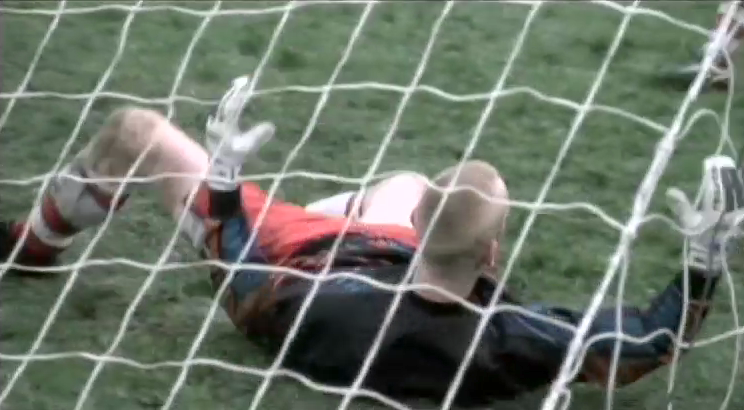NOTES:
Setting:
- Working class area (regional identity)- Dark weather - Sets the mood and a use of Pathetic Fallacy
- Location is secluded and vandalised
Character:
- Manchester accent
- Stereotypical image of a chav
- Misc on Scene - She dresses older than she actually is
- Trainers are stereotypical clothing of a chav
- Reminds the audience that she is 13 - and claims that being 13 makes her an adult.
Body Language:
- She has a clear attitude which she displays through facial expression
- Walks as if she could be flaunting herself
__________________________________________________________________________________________________
COLOUR CODE:
REPRESENTATION OF AGE: BLUE
MISC EN SCENE: GREEN
REPRESENTATION OF CLASS: ORANGE
SETTING: RED
____________________________________________________________________________________________________
This extract begins with a long shot with the silhouette of a girl who appears to be singing. The weather in the background is cloudy and this could possibly be the use of pathetic fallacy to represent the class of this young girl. One of the lyrics she sings is "stronger than yesterday" which may suggest her mood of being down, again this could link to social class.
We are then directly cut to a MCU of a teenage girl walking and what would appear to be - narrating the film as it begins. The film is set in two different time periods, present and past. Both linked through sound bridges and direct cuts.
 |
| Above is the opening shot of the teenage girl. |
Of which, the present is with her walking down the canal - the past being her in different locations with her family (mum and dad). One of the key representations of class is the setting of the scene. The graffiti on the brick walls and on the canal in the background suggests a working class/ under class location. The housing we are shown throughout the film are all tersest social housing - or what many would stereotypically claim as council housing. This style of housing and the litter around the canal suggests overall that this film is based in the under-class location, below working class.
 |
| The flats in the background also link to the ideas of the under-class represented in this film. Social housing being the key element to its representation. |
 |
| Graffiti is shown in this shot of the film |
The representation of her age and class is mainly shown through the use of parallel editing. This being - the constant cutting of the film, each shot showing a new location. This links to the changing of time periods, with her narrating the different shots with her story - creating a sound bridge.
 |
| The muddy fields of a public park - typically based around social housing represents her class. |
 |
| Another past shot with her dad, in a greasy take away. Another link to her class. |
 |
| A past-shot in parallel editing, the girl with her mum. Behind is a post office in a secluded location. Borders can be seen in the background, representing the setting and class again.
|
Some good work here on representation Holly, with good use of terms. Well done!
ReplyDelete